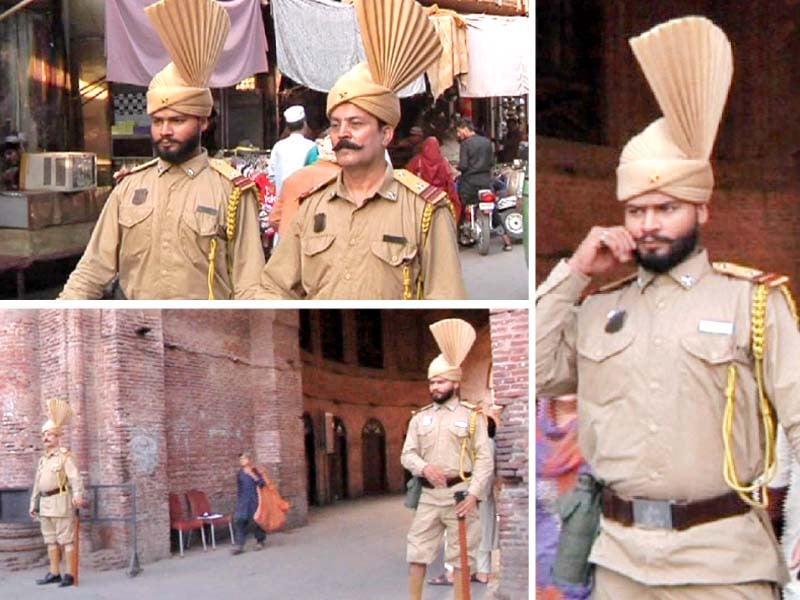
Police officials in traditional khaki uniforms and turbans, called kotwal, have returned to Delhi Gate, adding to the medieval environment witnessed by tourists in old Lahore.
Mudassar Farooq patrols the 'royal corridor' at Delhi Gate while carrying a baton and wearing knee-length shorts, a high Shimla turban and heavy moustaches.
He and his colleagues walk around the walkway in the traditional attire. Farooq says he is getting a lot of attention in the guise of kotwal.
"Police are also deployed near Delhi Gate but people take interest in me and take selfies with me. Our job is to stop encroachment and illegal parking, monitor the performance of the security guards of the Walled City of Lahore Authority (WCLA) and maintain law and order," he told The Express Tribune.
According to Farooq, the old kotwals used to have extensive powers. "We are only like dummies. We only request people to follow the rules and hope that they would agree."
The wardens patrol on foot from Delhi Gate to the old Kotwali. Many important historical buildings, including the Wazir Khan Mosque, Royal Baths and Sunehri Masjid are located on the 1.5km corridor.
The locals and tourists looked at the characters from the British and Mughal periods with surprise.
Read Mughal nobility’s tomb awaits restoration
A tourist, Zarghona Sehar, said the walled city authority was working to restore the original atmosphere of the old ports of the metropolis.
"A lot has changed in recent years and as you enter the walled city, especially through Delhi Gate, it feels as if in a moment you have gone back many years. These kotwals are also a nice addition and it seems that they have been here from the beginning and are a part of the scene."
The Walled City of Lahore Authority has re-introduced the character of kotwal under a project of restoring the ambience of the old city area.
According to officials, the Delhi Gate and Royal Corridor are the centre of tourist attraction in the area.
"Our goal is to restore the past here," said Muhammad Javed, a tourism officer posted by the walled city authority.
He said that before the police system in the subcontinent, kotwal was responsible for law and order.
The first Kotwal of Delhi was Malik Al Amra Fakhruddin. He became a Kotwal in 1237 at the age of 40 and held the position for a long time during the reign of three sultans because of his honesty.
After the War of Independence in 1857, the British occupied Delhi and with it the Kotwal system came to an end and a regular policing set-up was introduced.
Pandit Jawaharlal Nehru's grandfather Gangadhar Nehru was the last kotwal of Delhi, Javed said.
Javed said the last kotwal of Lahore during the reign of Maharaja Ranjit Singh was Sardar Jay Mil Singh. The first kotwal of the city under the British rule was Khuda Bakhsh who belonged to the Kakezai tribe.
He was rewarded with Rs5,000 and 50 tola of gold for recovering valuables stolen from the the royal fort by British soldiers.
WCLA Director Noshin Zaidi said the authority had made the old law enforcement officials a part of the scene at the old city streets to recreate the past era. "Here we have 10 security guards who are overseen by the kotwal. They monitors the guards and keeps a check on encroachment and traffic. But above all, they amuse the tourists," the WCLA director added.
Some citizens have criticised the move as a celebration of foreign rule, but officials insist that such symbols and structures, present in abundance in the city, should be preserved as a part of history.
Published in The Express Tribune, July 3rd, 2021.

1724668524-0/Untitled-design-(5)1724668524-0-405x300.webp)





1732011525-0/Express-Tribune-(8)1732011525-0-270x192.webp)

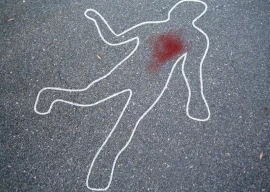
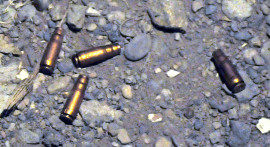

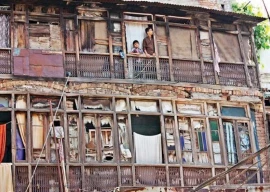
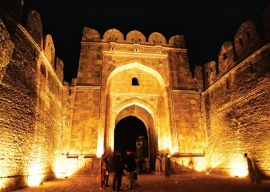






COMMENTS
Comments are moderated and generally will be posted if they are on-topic and not abusive.
For more information, please see our Comments FAQ